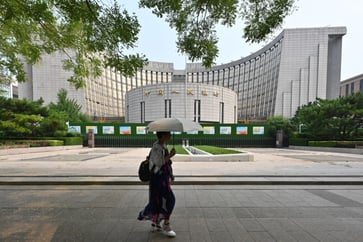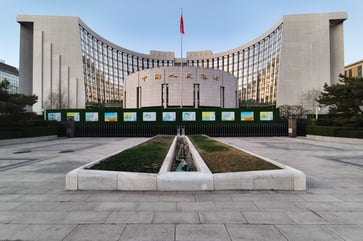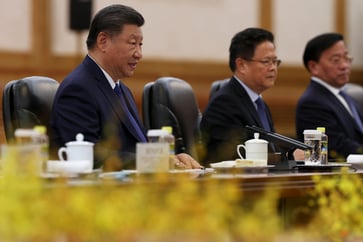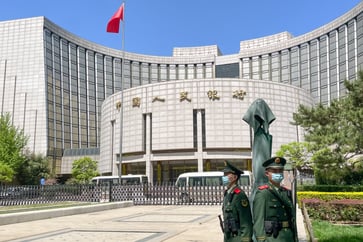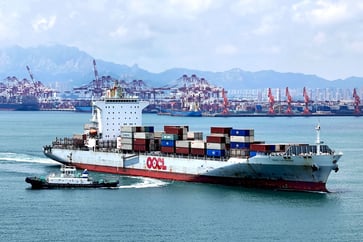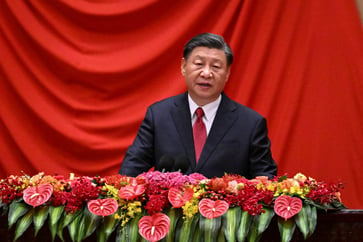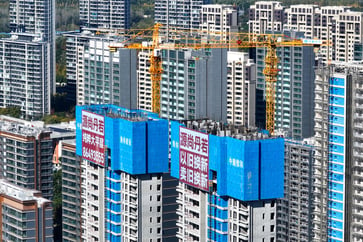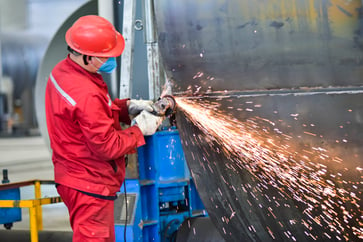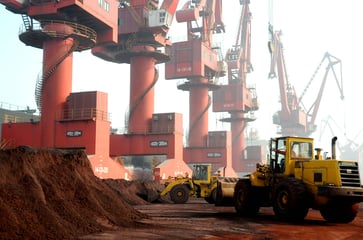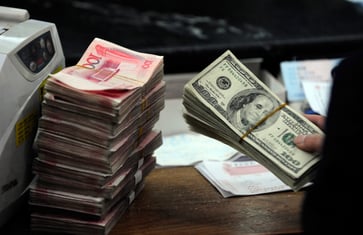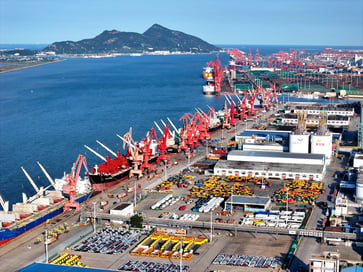Analysts claim that China's stimulus plans are negatively impacting the profitability of its large banks.
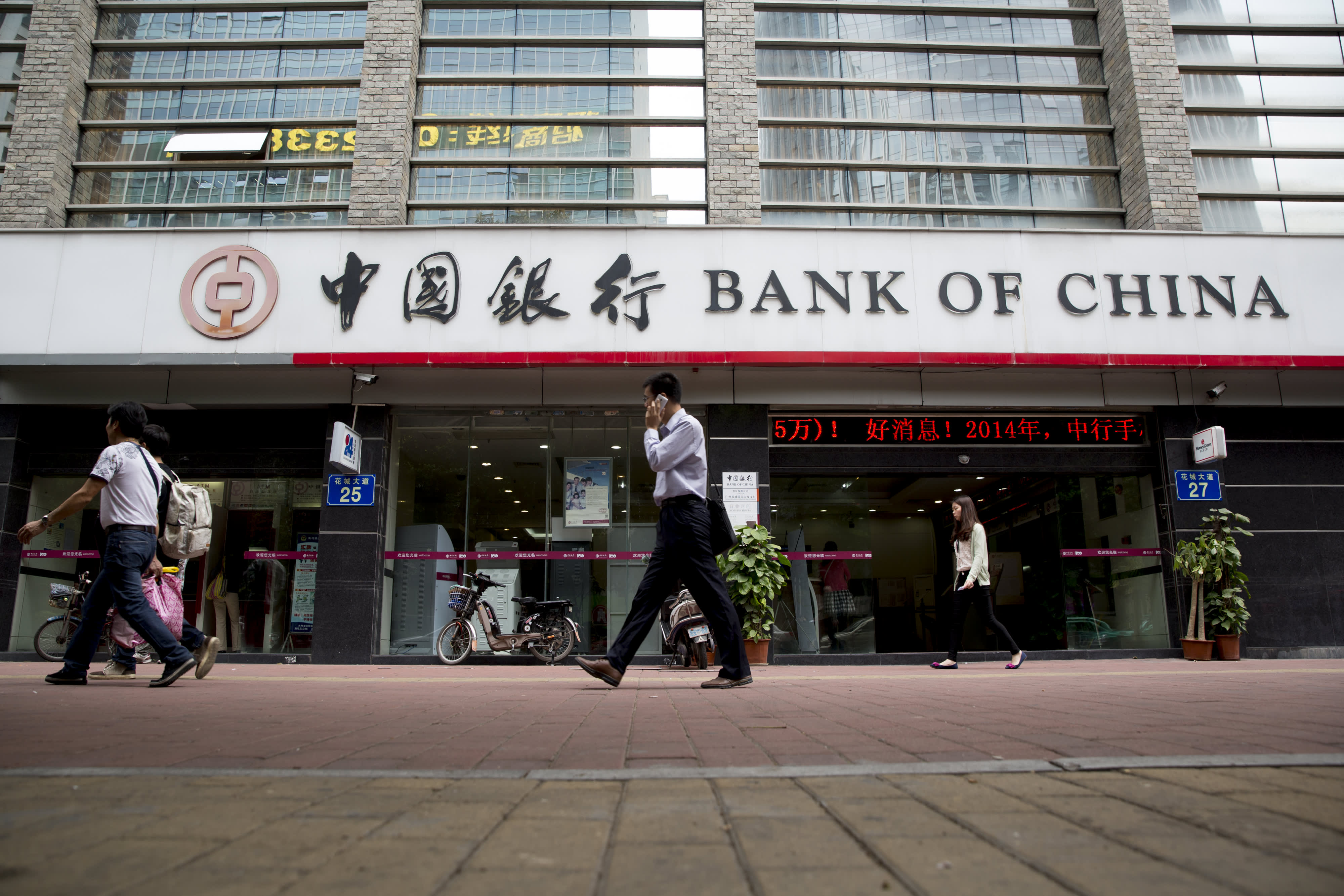
- Beijing's broader stimulus package may cause China's largest state-owned banks to see their profit margins decline even further, analysts predict.
- CreditSights analyst Karen Wu predicts that net interest margins will experience a slight decrease in the fourth quarter of 2024 and a more significant decline in the first quarter of 2025, as she shared with CNBC.
- According to Morningstar analysts, NIM for state-owned banks is predicted to decrease by 15-25 basis points in 2024.
Beijing's broader stimulus package may cause China's largest state-owned banks to see their profit margins decline even further, analysts predict.
The net interest margins (NIM) of China's "Big 4" banks, including China Construction Bank, Bank of China, and Agricultural Bank of China, decreased by an average of approximately 20 basis points in the first nine months of 2024 compared to the same period last year, according to CreditSights analysts in a report.
In the third quarter, ICBC, the world's largest lender by asset, was the only major lender among the Big 4 to report a flat NIM compared to the previous quarter, at 1.43%. However, this was 18 basis points lower than the beginning of the year.
In the previous quarter, Bank of China and China Construction Bank had profit margins of 1.44% and 1.54%, respectively, but in the current quarter, their profit margins dropped to 1.41% and 1.52%, respectively.
The banking industry in China, worth $60.6 trillion, has faced declining profitability due to lower mortgage rates and weak credit demand during an economic slowdown.
In June, commercial bank margins reached a record low of 1.54%, which is below the 1.8% threshold required for reasonable profitability, according to official data from the national financial regulatory administration.
Beijing has intensified monetary stimulus measures since late September, compelling larger banks to offer cheaper and faster loans to address the prolonged property crisis and mounting local government debt.
Beijing is expected to provide a recapitalization package to major lenders to replenish their capital and enhance their capacity to support economic recovery.
CreditSights analyst Karen Wu predicts that NIM will experience a slight contraction in the fourth quarter of 2024 and a larger decline in the first quarter of 2025, as she shared with CNBC.
According to Morningstar analysts, NIM for state-owned banks is predicted to decrease by 15-25 basis points in 2024, and by "mid- to- high single-digit basis points" in the following year.
Falling rates
The People's Bank of China has recently implemented a series of monetary easing measures, including reducing the 7-day reverse repurchase rate by 20 basis points and the 1-year and 5-year loan prime rates (LPR) by 25 basis points.
The central bank reduced loan rates on existing mortgages and decreased the reserve requirements for banks.
Banks lowered deposit rates in response to cuts, in an attempt to reduce funding costs and mitigate the impact on already low margins, according to Kenny Lim, a China banking analyst at UOB Kay Hian.
According to Fitch Rating's Vivian Xue, most banks anticipate that the impact of mortgage rate cuts and LPR cuts on NIM will be offset by reductions in the reserve requirement ratio and deposit rates in the long run.
Banks can lower loan rates more quickly than deposit rates, which can only be adjusted upon maturity, according to Lim, who emphasized the near-term pressure on bank profit margins.
Soft loan demand
Despite analysts' predictions, credit demand remains lackluster, with households and businesses continuing to be cautious with their spending.
In the first nine months, China's aggregate financing, which is a broad measure of credit, experienced a 12.6% year-on-year decline. Additionally, new RMB-denominated loans in September fell by 22.2%.
ING Bank's chief economist for Greater China, Lynn Song, stated in a note that it is premature to declare a turnaround as credit growth is still in contraction.
To stimulate the "initial credit impulse," Chinese authorities must take further action, as Jason Hsu, founder and chief investment officer of Rayliant Global Advisors, stated in a CNBC's Pro interview last month. Despite the availability of inexpensive credit, individuals are not yet ready to borrow.
He stated that any recovery in lending in the next six months could be "very incremental."

Recapitalization in focus
In September, a top financial regulatory official announced that China planned to inject additional capital into six of its major commercial banks, without disclosing the specifics on the amount and timeframe. Later, Bloomberg reported that the recapitalization could be worth up to 1 trillion yuan ($142 billion).
The National People's Congress committee is expected to approve any major fiscal stimulus, with Governor Pan Gongsheng of the People's Bank of China stating that the central bank will maintain supportive monetary policy.
According to Alicia Garcia Herrero, chief economist for Asia Pacific at Natixis, Chinese banks must recapitalize in order to survive the lower net interest margin. Otherwise, they would not be able to intermediate any stimulus that may come.
Since the global financial crisis in 2008, Beijing has not injected capital into its big banks.
According to Iris Tan, senior equity analyst at Morningstar, a capital injection is likely to enhance investor confidence by offering downside protection to credit growth.
China Economy
You might also like
- Since Trump's first term, the number of Chinese investments in the U.S. has significantly decreased and it is unlikely to increase.
- Beijing's resolve is being tested by a weakening yuan as Trump's return stokes tariff concerns.
- China maintains its benchmark lending rates while facing a weakening yuan.
- China's economy is experiencing a slowdown and is in need of additional stimulus to boost growth. Here's how the country plans to revitalize its economy.
- The electric car market in China is predicted to decline in 2025.
